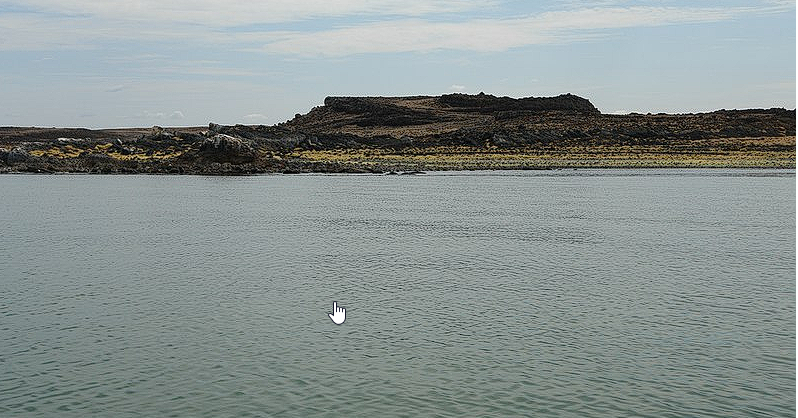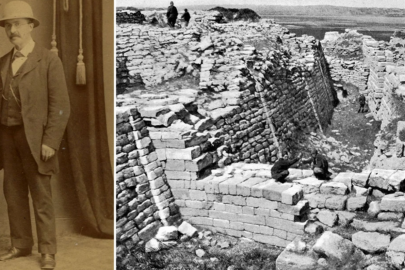About 1.45 million years ago, ancient human relatives ate one of their own, chowing down on meat from a shinbone, according to cut marks that constitute the oldest decisive evidence that our relatives butchered and made a meal out of one another, a new study finds.
However, it’s unclear whether the cut marks are indicative of cannibalism, as multiple human relatives existed at this time, meaning that one hominin species — a group that includes modern and extinct humans, as well as our closely-related ancestors — could have eaten a related hominin species.
The fossilized shinbone, or tibia, was discovered in 1970 in the Turkana region of Kenya. It has nine incisions that were likely made with stone tools. The cuts are regular, oriented in the same direction and situated where a calf muscle would have been attached to the bone, suggesting they were made with the intent of stripping the flesh for consumption, the researchers found.
“The information we have tells us that hominins were likely eating other hominins at least 1.45 million years ago,” study first author Briana Pobiner, a paleoanthropologist at the Smithsonian’s National Museum of Natural History in Washington, D.C., said in a statement.
more at livescience.com


































